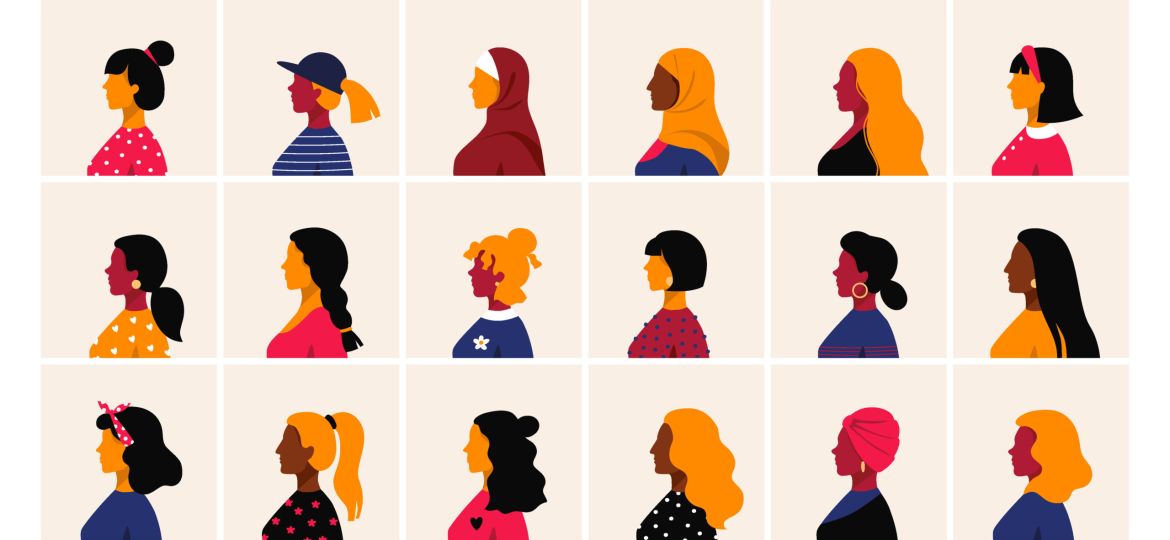
Insight by: Jon Warner
We all know that we need far more women in leadership roles within healthcare and life sciences -something we have been calling for many years but with only limited success with proportional numbers at the executive level still being under 25% in the US. Increasing the representation of women in leadership roles is essential for several reasons a few of which are:
- Diverse Perspectives: Women bring unique perspectives and experiences to leadership roles, which can lead to more comprehensive and inclusive decision-making processes. This diversity of thought can result in innovative solutions to complex problems and better meet the diverse needs of patients and stakeholders.
- Improved Patient Care: Studies have shown that diverse leadership teams are associated with improved patient outcomes. Women leaders may be more attuned to the specific healthcare needs of women and other underrepresented groups, leading to more patient-centered care and better health outcomes overall.
- Addressing Gender Disparities: Women make up the majority of the healthcare workforce, yet they are underrepresented in leadership positions. Increasing the number of women in leadership roles can help address gender disparities in the industry, including gender pay gaps and barriers to advancement.
- Role Modeling and Mentorship: Having more women in leadership roles provides important role models for aspiring female healthcare professionals. It can also facilitate mentorship opportunities, where experienced women leaders can support and guide the next generation of women in the field.
- Enhanced Organizational Performance: Research suggests that companies with greater gender diversity at the leadership level tend to outperform those with less diversity. By tapping into the full talent pool and leveraging the skills and expertise of women leaders, healthcare organizations and life sciences companies can enhance their overall performance and competitiveness.
- Legal and Ethical Imperatives: Many countries have enacted laws and regulations aimed at promoting gender diversity and equality in the workplace. Increasing the representation of women in leadership roles helps organizations comply with these legal requirements and demonstrates a commitment to ethical business practices.
One effective approach, in my view, is to showcase the existing trailblazing females who are achieving great things already in the industry, who have already made significant strides. A notable example of this is the inaugural Bench and Deloitte Life Sciences Tech Innovation Award which has identified a short list of five outstanding leaders. The winners of this prestigious accolade are being announced next month in Los Angeles at BioScienceLA, celebrating and acknowledging the outstanding contributions of women leaders.
Overall, fostering gender diversity in leadership roles within healthcare and life sciences is not only the right thing to do from a social justice perspective, but it also makes good business sense and can lead to positive outcomes for organizations, employees, and patients alike. I commend awards like this one and advocate for the establishment of more such events on an annual basis. Such initiatives can expedite progress and lead us to better places swiftly. I encourage all readers, irrespective of gender, to actively participate by casting their votes in support of these commendable endeavors.





